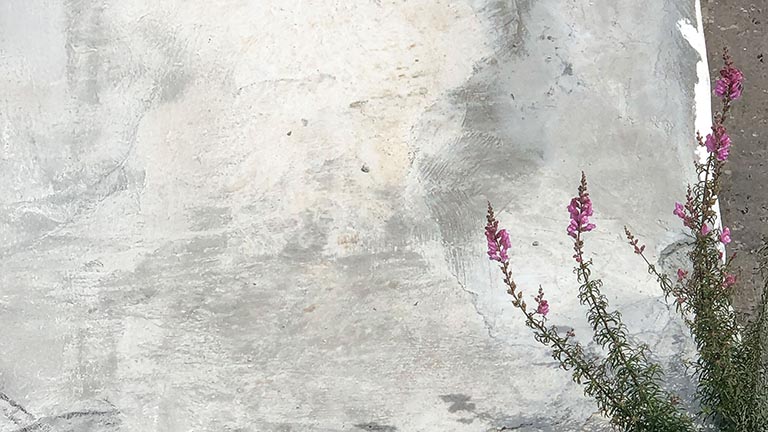In a world full of constant rushing, obligations, and stimuli, finding a moment of calm is a revolutionary act.
Modern society pushes us to stay constantly engaged in digital tasks and connections, yet we often remain disconnected from our surroundings and inner world. In the face of this reality, practicing mindfulness emerges as a powerful tool for returning to what’s essential: the here and now.
Once again, photography reveals itself as one of the most creative and transformative ways to practice mindfulness. Contemplative photography goes beyond technique or artistic skill—it becomes a meditative practice that invites us to look closely at the world around us. The act of observing and creating an image becomes a bridge to calm, self-awareness, and a deeper connection with nature.
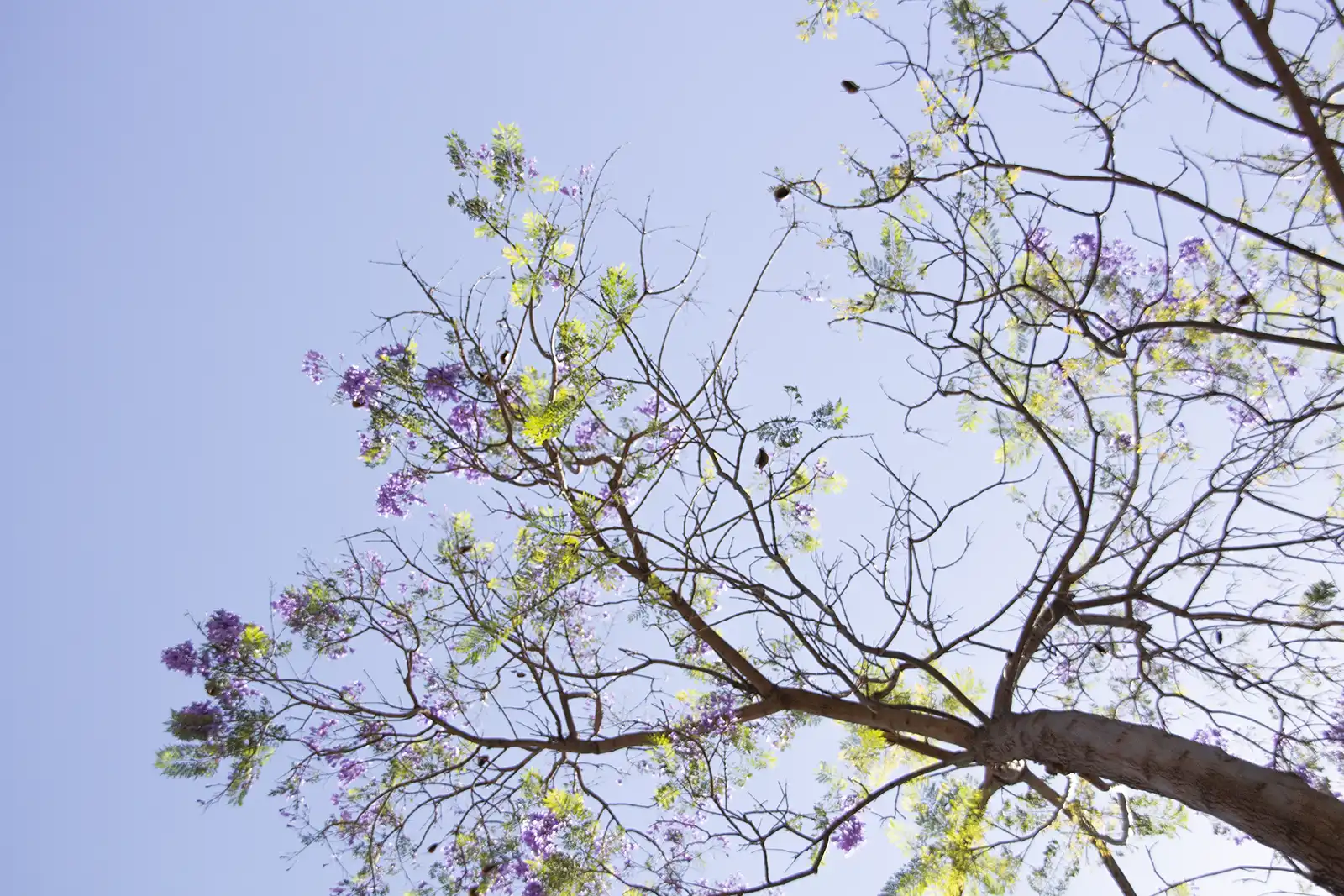
Contemplative photography isn’t about the perfect shot or technical perfection—it’s about immersing yourself in a visual experience. Inspired by practices like Miksang—a Tibetan term meaning “pure eye”—this approach to photography invites us to let go of expectations, free ourselves from judgment, and open up to what our environment offers in the present moment—just the here and now of the camera’s click.
The act of taking photographs becomes a process of syncing the gaze with the heartbeat and breath, allowing the camera to become an extension of our awareness. Each frame offers a pause—an invitation to quiet the chaos within and let the image emerge on its own. As artist Michael Kenna puts it, taking a photograph is not merely a technique, but a spiritual exercise that connects us to the sacredness of everyday life.
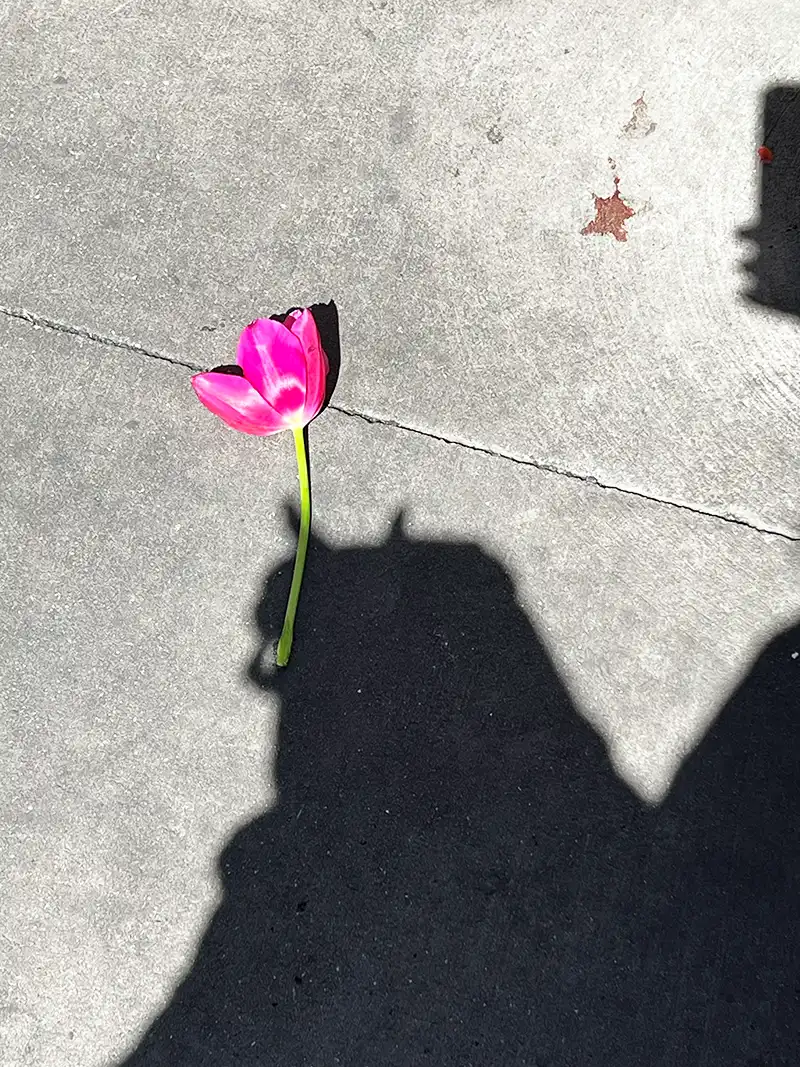
The transformative power of mindfulness
The scientific evidence is clear: mindfulness is no longer just a technique from distant lands—it holds real transformative power. It gives us space to step back from our automatic reactions and witness our emotions and thoughts with greater clarity. This ability gives us the freedom to respond with intention instead of reacting on impulse, helping us make better choices.
Mindfulness is not just a relaxation technique but a powerful, scientifically proven tool that transforms how we experience daily stress—whether it’s chaos, confusion, loss, anger, or fear. Practicing mindfulness—whether through traditional meditation or contemplative photography—helps us break free from emotional ruts, live with greater awareness, and regain inner freedom.
At ANDANA, we offer the training experience Photography and Mindfulness: Looking with Full Attention, which combines foundational mindfulness practices with the use of our gaze, art, and creativity.
Through these processes, we nurture the development of personal wisdom, which gives rise to a greater sense of acceptance, less self-criticism, and a more open attitude toward life.
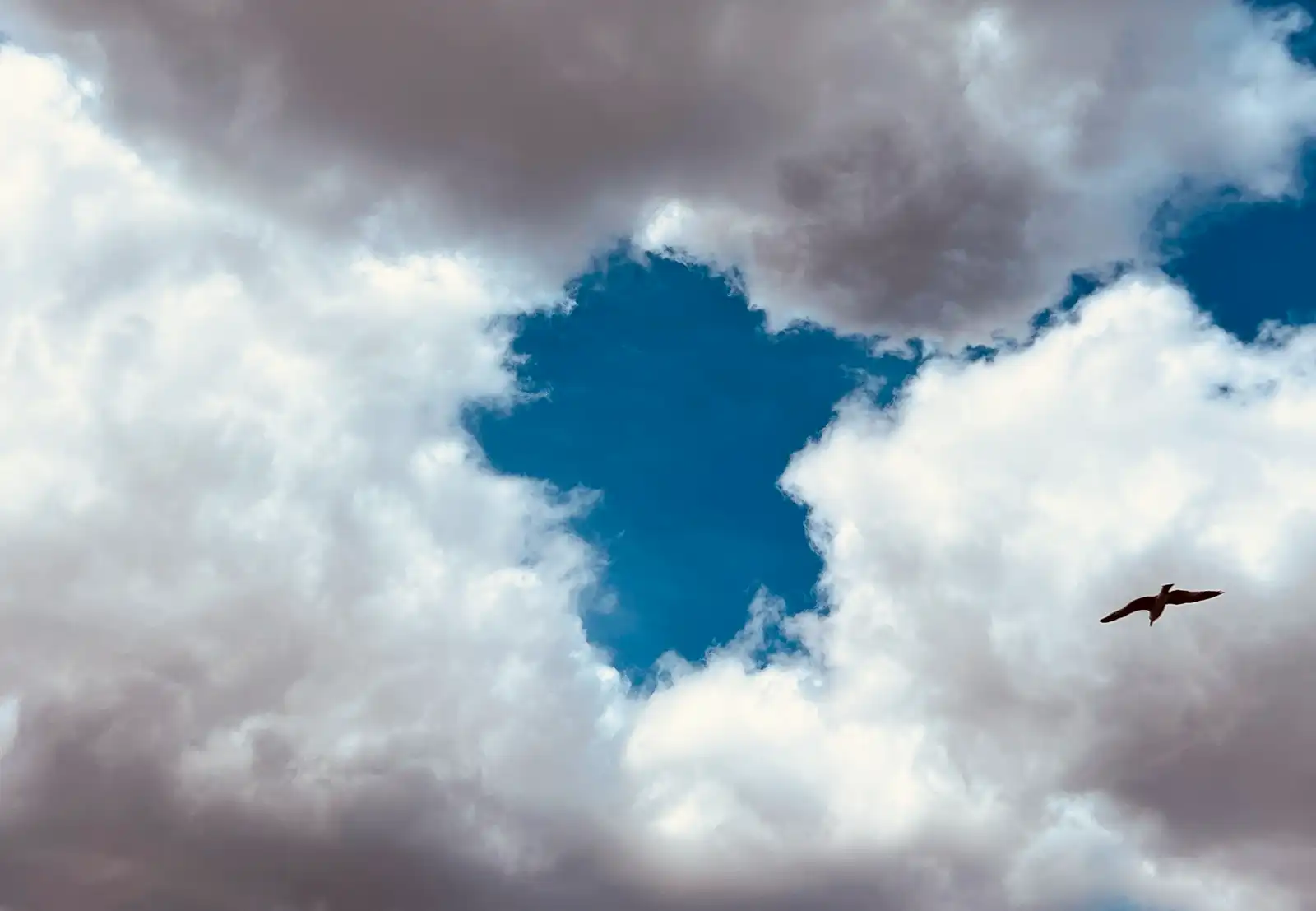
Recent neuroscience studies have demonstrated that engaging in contemplation activates brain regions associated with emotional regulation and self-reflection. Contemplative practices, including mindful photography, can bring about changes in brain activity, promoting states of calm and reducing hyperactivity in the amygdala, the brain’s center for fear and anxiety.
Research published in Frontiers in Psychology (2018) showed that practicing mindfulness increases gray matter density in the prefrontal cortex, which translates into greater self-regulation and improved attention. This suggests that mindful photography is more than just an artistic pursuit—it’s also a path to emotional resilience and greater well-being.
The power of the gaze
One of the main contributions of mindful photography is its ability to train the gaze to see beyond the obvious. In today’s world, the constant saturation of images and visual stimuli diminishes our ability to feel wonder and genuine appreciation. Mindful photography challenges us to pause and notice the details we often overlook—the texture of a leaf, the shadow cast on a wall, or the light streaming through a window.
It’s not about composing the perfect shot—it’s about being fully present. I call it looking and letting the image reveal itself. This process not only transforms how we take photographs, but also how we live—reconnecting us with the curiosity and openness of a beginner’s mind. And so, we learn to capture the ordinary as if it were extraordinary—like someone discovering something for the very first time.
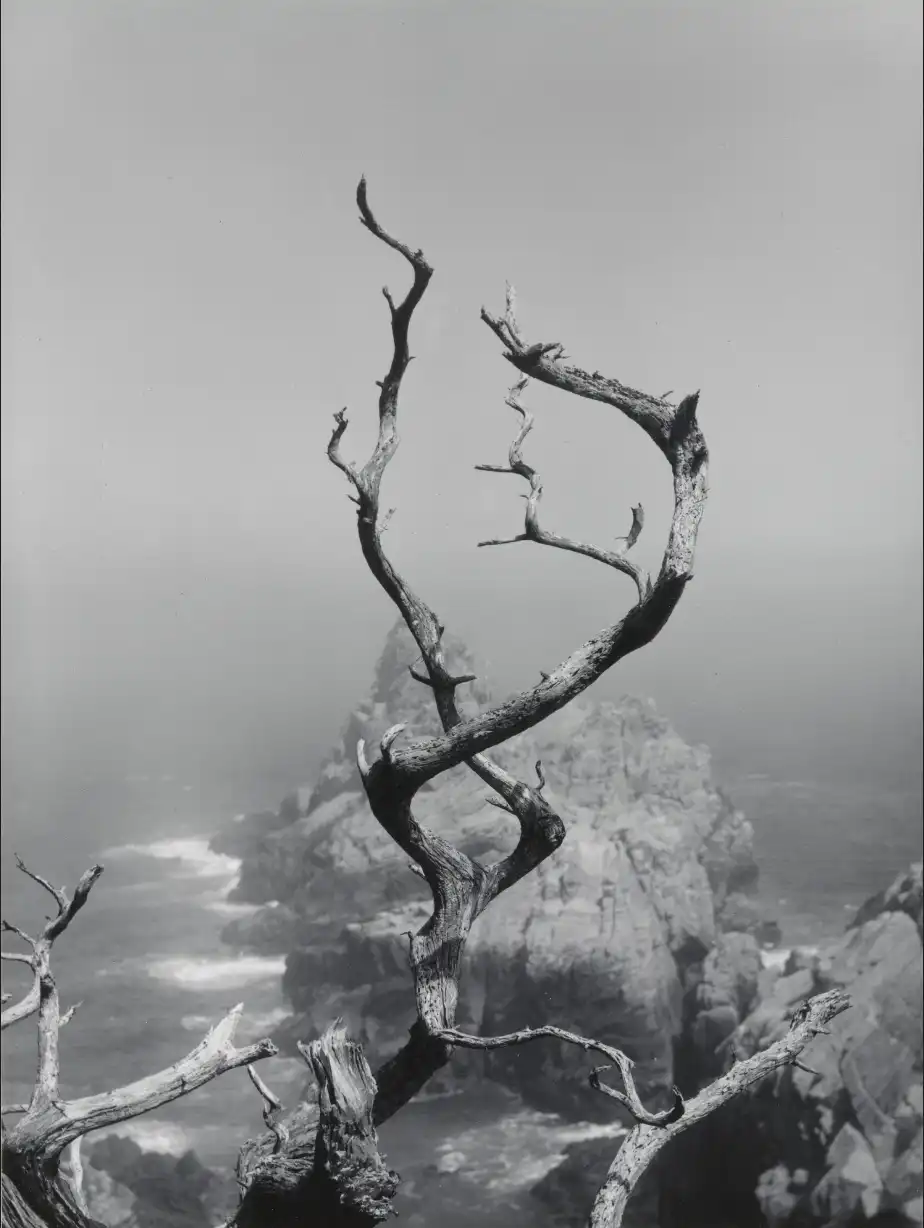
Minor White. Twisted Cypress and Sea. 1950
Influenced by Zen philosophy, photographer Minor White promoted the idea of seeing the world as if for the first time—with an open mind and free of judgment. In one of his best-known series, he photographed ice crystals on windows as if they were works of art, showing that beauty lies in what we look at, not necessarily in what we photograph.
When we look with full attention and awaken to the wonder of the everyday, we transform not only our photography, but our perspective on life itself.
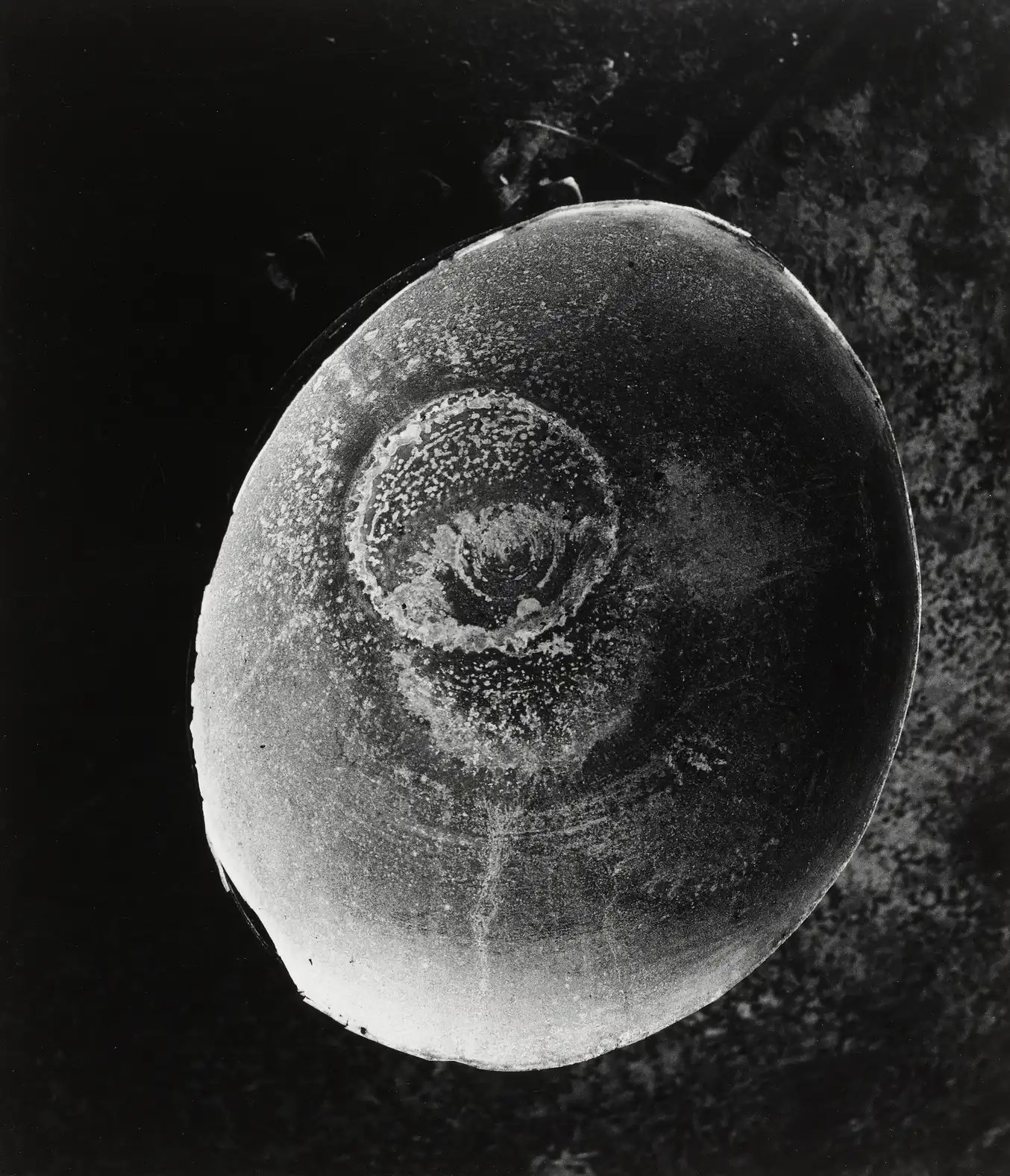
Minor White. Sound of One Hand. 1957
Nature offers a privileged space—an invitation to step out of autopilot. The camera stops being a filter that distorts reality and becomes a window into the present moment. Practicing mindfulness in nature allows us to appreciate the beauty of the ephemeral—to contemplate towering mountains, the open sky, and vast landscapes that remind us we are part of something greater.
“Anything will give up its secrets if you love it enough. Not only have I found that when I talk to the little flower or to the little peanut they will give up their secrets, but I have found that when I silently commune with people, they give up their secrets also—if you love them enough.”
George Washington Carver, botanist.
The next time you feel the need to manage stress, pause, take a deep breath, and reconnect with yourself. I invite you to pick up your camera—whether it’s a professional one or simply your phone. Take a deep breath, close your eyes for a few seconds, and then look around. Notice what surprises you, what you like, or what catches your eye. Focus on something that feels pleasant. And remember, the goal isn’t to capture the perfect photo—it’s to reconnect with beauty. You can do it anywhere. Let photography become a mindful practice—bringing you back to the here and now, one click at a time.
Bibliography
- “Meditation programs for psychological stress and well-being: a systematic review and meta-analysis”.
Retrieved from JAMA Network - Kabat-Zinn, J. (2018). Meditation Is Not What You Think: Mindfulness and Why It Is So Important.
- Shapiro, S. y Carlson, L. (2014). The Art and Science of Mindfulness: Integrating Mindfulness into Psychology and the Helping Professions.
- White, M. (1973). Mirrors Messages Manifestations.
- Kenna, M. (2007). Retrospective. Prestel Publishing.
Keep Learning
PHOTOGRAPHY AND MINDFULNESS. Looking with Full Attention.
A unique workshop that combines mindfulness and photography to help you develop a new way of looking at the world.
The Photography and Mindfulness workshop teaches you to slow down, connect with the present moment, and train your visual perception—free from judgment and expectations. Photography becomes a tool for active meditation, allowing you to explore reality with a deeper, more conscious gaze—without the pressure to capture the “perfect” image, but with the intention of fully experiencing the process.
More Images by Minor White:
https://www.moma.org/artists/6342-minor-white
Cómo citar este artículo
Al citar, reconoces el trabajo original, evitas problemas de plagio y permites acceder a las fuentes originales para obtener más información o verificar datos. Asegúrate siempre de dar crédito y de citar de forma adecuada.
How to cite this article
By citing an article, you acknowledge the original work, avoid plagiarism issues, and allow access to the original sources for further information or data verification. Make sure to always give credit and cite appropriately.
Amparo Muñoz Morellà. (March 24, 2025). "Mindfulness and Photography: Reconnecting with the present moment.". ANDANAfoto.com. | https://andanafoto.com/en/mindfulness-and-photography-reconnecting-with-the-present-moment/.

